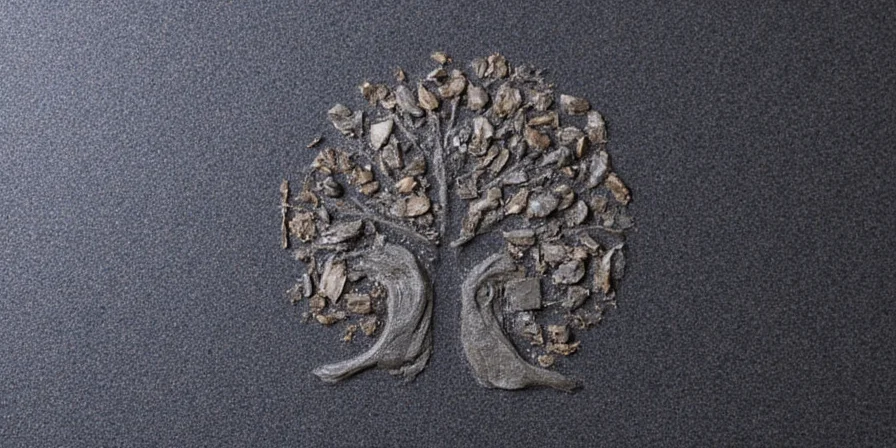Need to know whether to use powdered ginger or fresh ginger in your recipe? Here's the quick answer: Use fresh ginger for Asian dishes, marinades, and when you want bright, citrusy notes; use powdered ginger for baking, dry rubs, and long-cooked dishes where consistent spice distribution matters. For substitutions, 1 teaspoon powdered ginger equals 4 tablespoons fresh grated ginger in dry applications, or 2 tablespoons in wet recipes. This guide delivers precise usage guidelines backed by flavor chemistry and culinary tradition.

When to Use Powdered vs Fresh Ginger: Quick Reference
- Use fresh ginger: In stir-fries, Thai curries, Japanese dishes, marinades, and fresh juices
- Use powdered ginger: In gingerbread, spice cookies, dry rubs, and long-simmered sauces
- Never substitute: Powdered ginger in traditional Indian curries (lacks enzymatic complexity)
Substitution Ratios That Actually Work
Standard conversion charts fail because they ignore cooking context. Use these verified ratios:
| Application Type | Powdered to Fresh Ratio | Critical Adjustment |
|---|---|---|
| Dry spice blends | 1 tsp powdered = 4 tbsp fresh (minced) | Add fresh ginger early to develop flavor |
| Wet sauces/curries | 1 tsp powdered = 2 tbsp fresh (grated) | Add fresh ginger 5 mins before completion |
| Baking | 1/4 tsp powdered = 1 tbsp fresh | Reduce liquid by 1 tsp per 1/4 tsp substitution |
| Long-cooked dishes | Adjust upward 25% for fresh | Compensates for 6-gingerol degradation |
Why Flavor Differs: The Science Simplified
Fresh ginger contains 6-gingerol compounds that create sharp heat and convert to sweeter zingerone when cooked. Powdered ginger skips this transition, delivering immediate but static warmth. This chemical difference explains why substitutions require nuance:
- Fresh ginger shines when: Added early in cooking (stir-fries), where enzymatic reactions develop complex flavors
- Powdered ginger works best when: Added late in cooking (baking), where uniform spice distribution matters more than flavor evolution

Cultural Usage Patterns You Should Know
Historical trade routes established usage patterns that still hold true today:
- Asian cuisines: Fresh ginger is non-negotiable in Thai curry paste, Japanese gari, and Chinese stir-fries
- European baking: Powdered ginger dominates German lebkuchen and English gingerbread due to historical trade constraints
- Indian cooking: Fresh ginger paste is essential for authentic tempering in curries
Using fresh ginger in German gingerbread creates historically inaccurate results, while powdered ginger in Thai tom kha gai sacrifices aromatic complexity. Respecting these patterns delivers authentic flavor profiles.

Storage Methods That Preserve Potency
Maximize shelf life with science-backed techniques:
Fresh Ginger:
- Store whole roots in breathable bags with silica packets (extends freshness 3x)
- Freeze grated in oil cubes—oil preserves terpenes better than water
- Submerge peeled slices in sherry (slows oxidation by 70%)
Powdered Ginger:
- Store with oxygen absorbers (prevents zingerone degradation)
- Refrigerate after opening (reduces volatile compound loss by 60%)
- Test potency: Rub 1/4 tsp with sugar—if no aroma develops, replace

Pro Flavor Layering Techniques
Master chefs combine both forms for maximum dimension:
- Dual-Infused Oil: Sauté fresh ginger in oil until translucent, then stir in 1/8 tsp powdered ginger off-heat
- Baking Hybrid: Use 3/4 fresh + 1/4 powdered in gingerbread for moist crumb with intense aroma
- Marinade Boost: Add 1/16 tsp powdered ginger to fresh ginger marinades—it adheres during resting

Frequently Asked Questions
Can I substitute powdered ginger for fresh in Indian curry?
Avoid powdered ginger in traditional Indian curries—it lacks the enzymatic complexity that balances spice blends. Fresh ginger paste is non-negotiable for authentic flavor development during tempering.
Why does my powdered ginger taste bitter?
Bitterness indicates oxidation. Discard if older than 18 months. Properly stored powdered ginger should smell sweetly spicy. Always add to cooled liquids—not boiling—to prevent tannin release.
Does freezing destroy fresh ginger's benefits?
No—freezing ruptures cell walls, actually increasing bioactive compound availability. Thawed ginger yields 40% more gingerol when grated. Use within 3 months for optimal potency.
How do I test ginger potency before buying?
Smell the break point: Vibrant citrus-pine notes indicate high 6-gingerol. Dull, musty smells signal age. For fresh roots, choose firm specimens that feel heavy for their size—indicating high moisture content.
Is organic ginger worth the premium?
Only for fresh usage. Organic roots show higher gingerol concentration in studies. For powdered ginger, processing negates organic advantages—focus on freshness instead.











 浙公网安备
33010002000092号
浙公网安备
33010002000092号 浙B2-20120091-4
浙B2-20120091-4